The Jagat Seth House, once Bengal's central bank
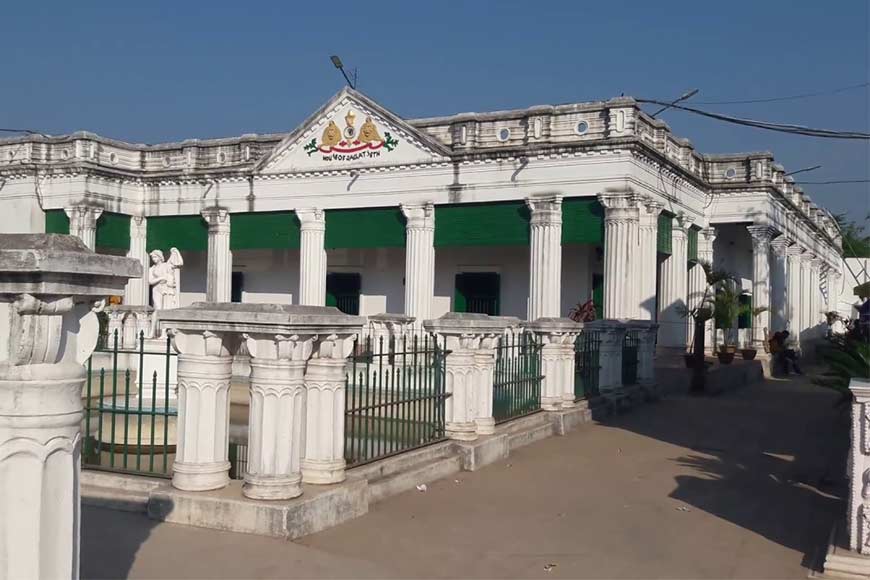
The history of Bengal, of India, actually, changed with the Battle of Plassey. And most of us probably know that the man who financed that battle was called Jagat Seth. The thing is, Jagat Seth was not a person, but a family title. In fact, there never was a person called Jagat Seth. The ‘Jagat Seth’ who actually bankrolled Plassey was called Mahtab Rai. Jagat Seth was simply a title conferred by an emperor, and can be interpreted as ‘banker or merchant of the world’.
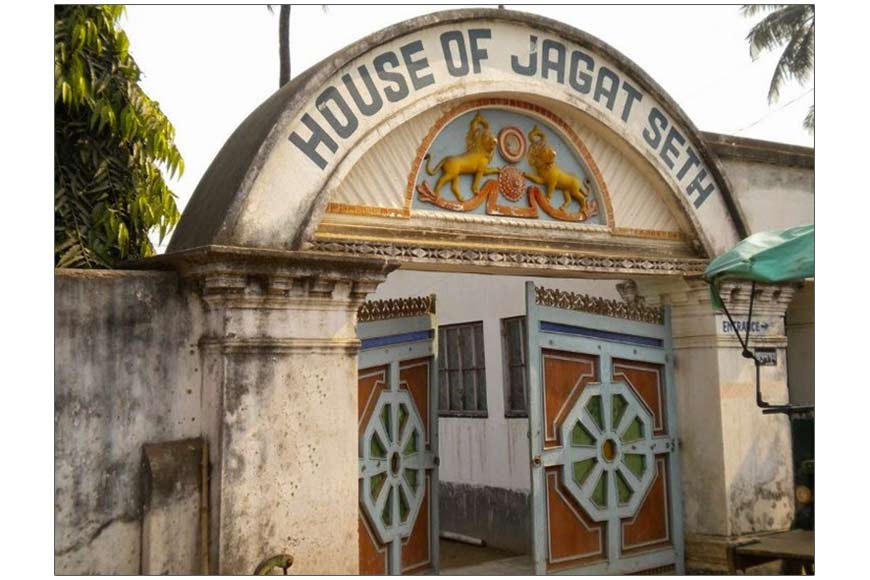 Jagat Seth house
Jagat Seth house
The family which became known as the ‘Jagat Seths’ traced its prosperity to one Hiranand Sahu, supposedly a jeweller-turned-moneylender, who apparently left his home in the Rajasthani city of Nagaur in 1650, and eventually settled in Patna, which was then a prosperous business centre. It is here that Sahu began his banking and money-lending operations, quite possibly laying the foundations for Marwari enterprise in India. He also sent his sons to other cities to expand the business. One of those sons, Manik Chand, arrived in Dhaka, the then capital of undivided Bengal, and proved so gifted in the business of making money that he was soon rubbing shoulders with none other than Murshid Kuli Khan, the diwan of the Subah of Bengal, appointed by Emperor Aurangzeb.
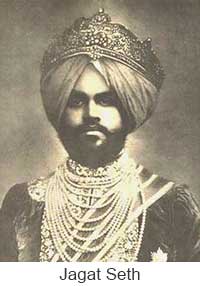 Many political intrigues later, Murshid Kuli Khan shifted base to the city known as Mauksudabad in 1704, and renamed it Murshidabad after himself, assuming the throne as nawab. Manik Chand soon followed, shifting to the new city and setting up a palatial residence in the Mahimapur area, which stands to this day. In effect, Manik Chand became the collector of revenues and the nawab’s treasurer, and the family wealth simply kept growing to the point where the House of Jagat Seth was being compared to the Bank of England, and was quite certainly among the richest families in the world. In his book ‘Plassey: The Battle that Changed the Course of Indian History’, Sudeep Chakravarti writes, “For several decades, the Seths displayed a particular knack to back the winning horse. Even create the winning horse.”
Many political intrigues later, Murshid Kuli Khan shifted base to the city known as Mauksudabad in 1704, and renamed it Murshidabad after himself, assuming the throne as nawab. Manik Chand soon followed, shifting to the new city and setting up a palatial residence in the Mahimapur area, which stands to this day. In effect, Manik Chand became the collector of revenues and the nawab’s treasurer, and the family wealth simply kept growing to the point where the House of Jagat Seth was being compared to the Bank of England, and was quite certainly among the richest families in the world. In his book ‘Plassey: The Battle that Changed the Course of Indian History’, Sudeep Chakravarti writes, “For several decades, the Seths displayed a particular knack to back the winning horse. Even create the winning horse.”
It was Manik Chand’s adopted son Fateh Chand - who had raised the family’s wealth and influence to unimaginable heights - who earned the title of ‘Jagat Seth’ from Emperor Mahmud Shah. From minting money, selling and purchasing gold, collecting revenues and remittances, and dealing with foreign traders, to controlling exchange rates and lending to emperors and zamindars the House of Jagat Seth was no less than a central bank.
Problems, however, set in when Siraj-ud-daulah took over from his grandfather, Nawab Alivardi Khan, as ruler of Bengal. Siraj’s hotheadedness and foolish arrogance led him into direct conflict with the Jagat Seths, ruining a relationship which had existed for centuries. Jean Law, Siraj’s ally and chief of the French factory in Bengal, who Chakravarti quotes in his book, wrote, “They are, I can say, the movers of the revolution. Without them the English would never have carried out what they have.”
Ironically, it was the British victory at Plassey that signalled the beginning of the end for the Jagat Seth family, as the Jagat Seths’ stranglehold over the money market of Bengal diminished, and Mahtab Rai was murdered by Mir Kasim, the successor to Mir Jafar. The British had long been contemplating a mint in Calcutta, which would reduce their dependence on the Jagat Seths’ Murshidabad mint and Warren Hastings, the first Governor-General of Bengal, transferred the state treasury from Murshidabad to Calcutta.
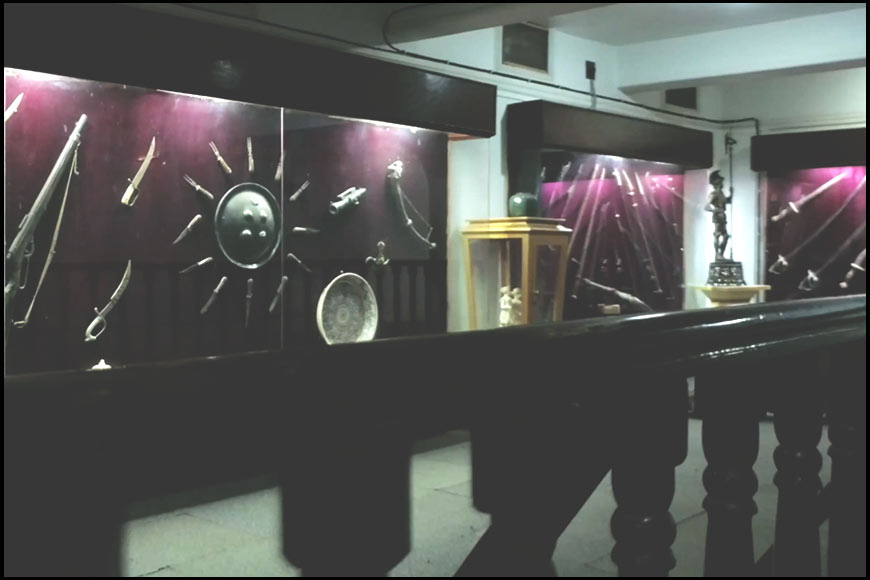 The museum
The museum
Nonetheless, the House of Jagat Seth, as well another palace in Kathgola built by Harreck Chand, one of the latter members of this once proud family, still stand as witnesses to the enormous wealth and influence of the Jagat Seths. Today, the principal mansion is a museum, on the way to Nasipur Rajbari from Hazarduari Palace. It contains remnants of the mint, personal possessions of the Jagat Seth family, including documents, coins from various historical eras, muslin and other extravagant clothes, Banarasi sarees embroidered with gold and silver threads, and many more such treasures.
You can visit this museum any time you visit Murshidabad. It is well-maintained, and the layout, complete with secret tunnels, is such that finding the way out can be challenging for a casual visitor.
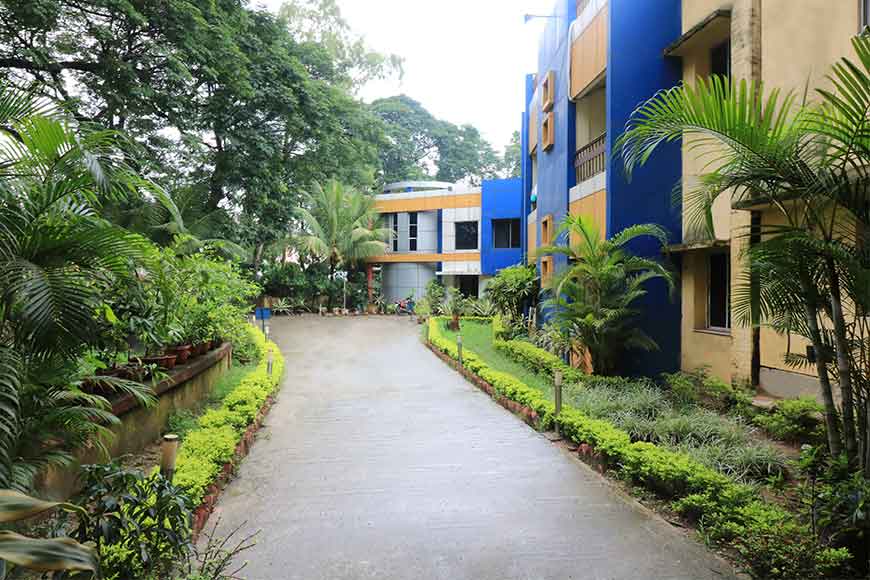 Bohor Tourism Property, Baharampur
Bohor Tourism Property, Baharampur
Of course, Murshidabad offers a great many other attractions, which we will leave for later. Whenever you go, your stay at the Bohor Tourism Property (earlier Baharampur Tourist Lodge), run by the West Bengal Tourism Development Corporation Ltd, is guaranteed to be both safe and comfortable.
Getting there is fairly easy, too. It will take you roughly six-seven hours to drive down to Murshidabad from Kolkata. Alternatively, there are plenty of trains from Kolkata such as the Hazarduari Express, Bhagirathi Express, and KOAA LGL Express, a journey of around four hours.
For details about booking and sightseeing information, contact
West Bengal Tourism Development Corporation Ltd
DG Block, Sector-II, Salt Lake
Kolkata 700091
Phone: (033) 2358 5189, Fax: 2359 8292
Website: https://www.wbtdcl.com/
Email: visitwestbengal@yahoo.co.in, mdwbtdc@gmail.com, dgmrwbtdc@gmail.com










